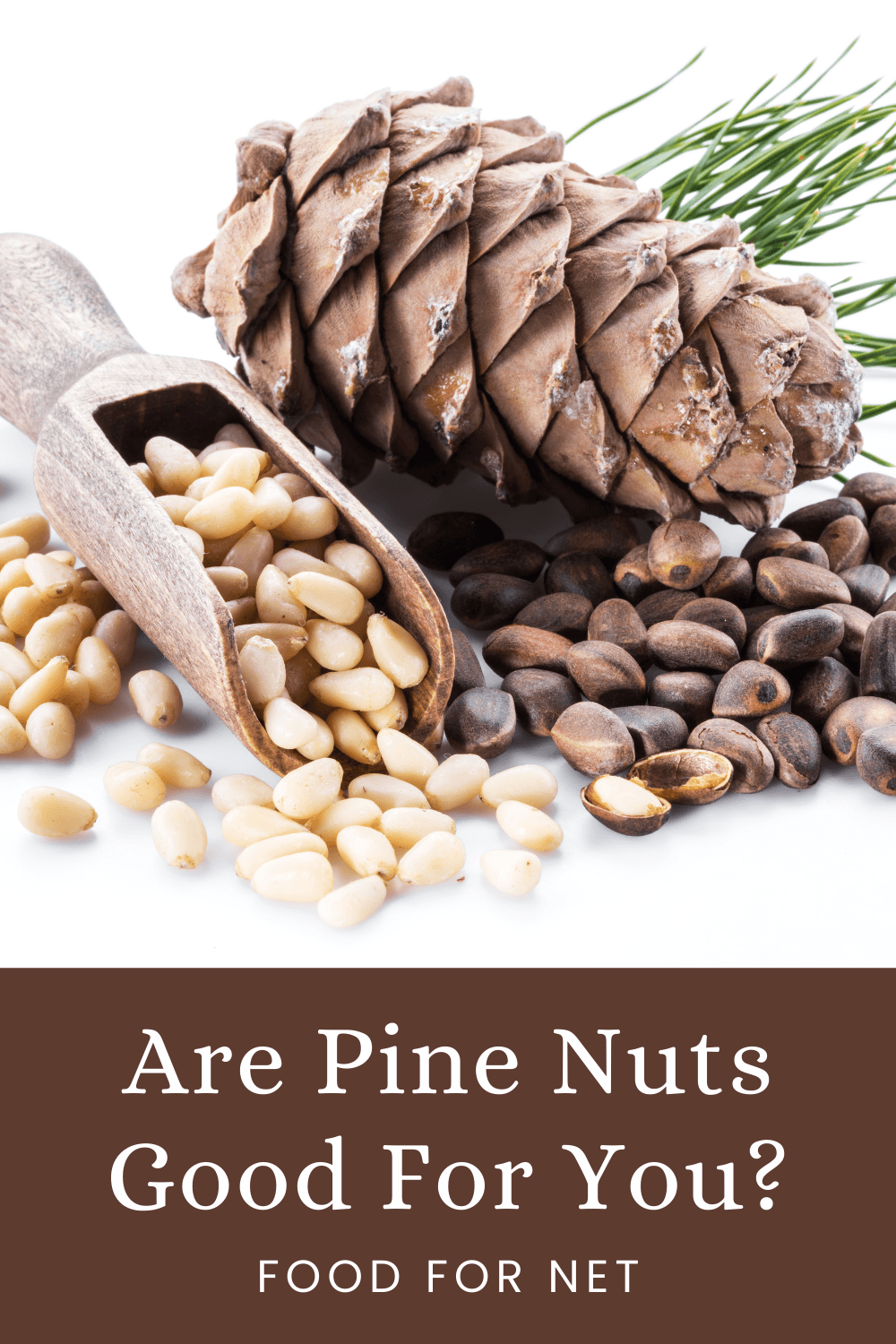
Pine nuts are fascinating little things. They’re seeds, rather than nuts, and they come from pinecones. Like other seeds, pine nuts are packed with nutrition, offering a decent amount of protein and fiber, nutrients, and even some antioxidants. So are pine nuts good for you or what?
We’ve talked about some seeds in the past, including sunflower seeds, pumpkin seeds, and even chia seeds. Each type of seed has its own features and potential benefits, but there are concerning factors as well.
Let’s talk about pine nuts, then. Are pine nuts good for you? To answer that question, we need to talk a bit about pine nut nutrition, how to fit pine nuts into your diet, and how they compare to other types of nuts.
Are Pine Nuts Good For You?
- Pine Nut Nutrition
- Benefits Of Pine Nuts
- Problems With Pine Nuts
- Are Pine Nuts Keto Friendly?
- How Many Pine Nuts Should You Eat?
- Pine Nuts Versus Other Nuts
- Final Thoughts
Pine Nut Nutrition
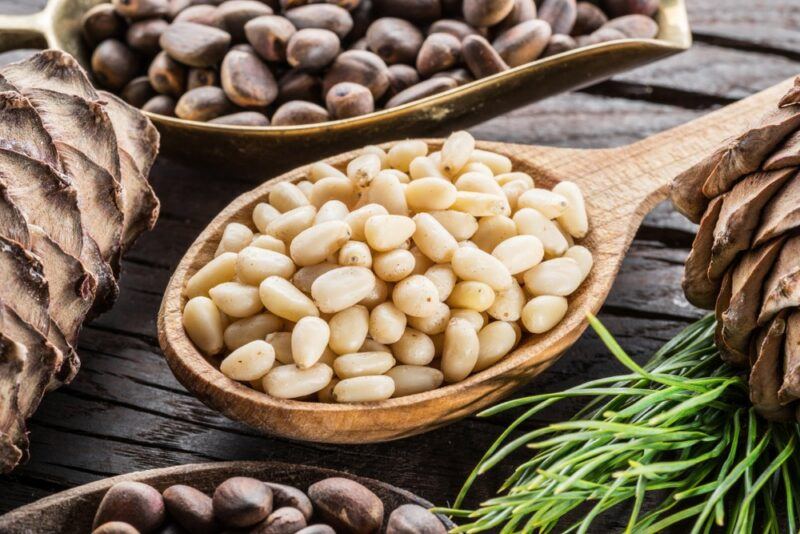
The nutrient profile for pine nuts shouldn’t be too surprising, as it’s similar to other types of nuts and seeds. So, for an ounce of pine nuts, you’re looking at this:
- 191 calories
- Fat: 19 grams
- Carbohydrates: 3.7 grams
- Fiber: 1.1 grams
- Sugar: 1.0 grams
- Protein: 3.9 grams
The fat content might look alarming at first, as we’ve been taught that fat is the enemy. However, that idea is being rapidly discounted and we’re starting to see fat simply as an energy source.
That said, the type of fat matters. Saturated fat is still thought to be the most concerning type, as it may increase heart disease risk. Pine nuts are in a good position, then, as they’re packed with healthy fats, including polyunsaturated and monounsaturated fats.
Benefits Of Pine Nuts
A Decent Source Of Protein
With almost 4 grams of protein per ounce, pine nuts are quite impressive. And protein, well, protein is always important. After all, proteins are used throughout our bodies in an endless number of ways. Our bodies use the protein from our foods as a source of amino acids to build everything we need.
As such, getting enough protein is critical for survival.
There’s more than that too, as increasing your protein intake can often help to improve your health. One reason is that protein is satisfying. It helps to keep us full from one meal to the next.
Try having a carb rich breakfast one morning and a protein rich one the next. You’ll quickly spot the difference. Carbohydrates tend to be fast burning, giving us a flash of energy, while protein takes longer to digest and leaves us much more satisfied.
Can Help With Blood Sugar
Pine nuts are relevant for your blood sugar levels too. This effect is partly from how the seeds offer a decent amount of protein, some fiber, and minimal carbs. This macro combo is exactly what you need for stable blood sugar levels.
This blood sugar effect makes pine nuts a useful ingredient for diabetics as well.
That’s not all. Pine nuts are also a decent source of magnesium, a nutrient that is related to your insulin. Getting enough magnesium in your diet might even help protect you against insulin resistance.
A Nutrient Dense Ingredient
Magnesium isn’t the only interesting nutrient in pine nuts. You’re also getting decent amounts of vitamin K, vitamin E, potassium, phosphorus, manganese, iron, and more.
Each of these nutrients has many impacts in your body, influencing your health in countless direct and indirect ways. Getting enough of each one is essential for good functioning and overall health.
Pine nuts are fantastic. Not only do they give you plenty of nutrients per serving, but they’re also incredibly easy to use. You can eat them on their own, roasted or raw, just like other types of nuts. Their small size also means they can be easily scattered on top of meals to add a nutritional boost.
Minimally Processed
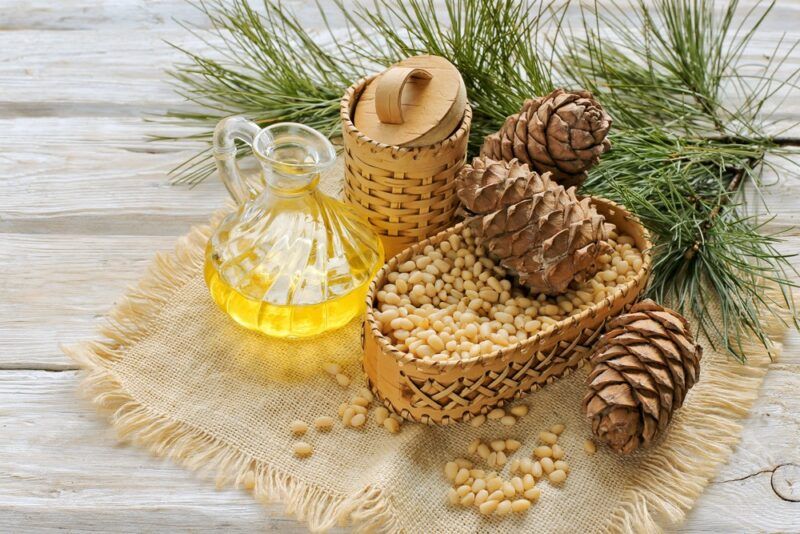
Speaking of natural food, here’s another important feature – pine nuts are minimally processed. They don’t even need to be toasted. While toasted pine nuts are beyond wonderful, you can eat them raw instead. They’re delicious either way.
The lack of processing is fantastic, as heavily processed foods tend to lose nutrients and antioxidants through the processing steps. They may also have extra ingredients added in, including preservatives, colors, and flavors.
At least with pine nuts, you know precisely what you’re getting.
You don’t even need to buy pine nuts from the store, as you can forage for pine nuts. While all types of pine produce edible nuts, it’s best to focus on species with decent sized nuts. Otherwise, you’re spending a lot of energy shelling nuts for not much reward.
Good For Your Heart
As a source of healthy fats and antioxidants, pine nuts are an excellent choice for your heart. Research regularly shows this effect for nuts, where eating them regularly can help to decrease your cholesterol levels and lower heart disease risk.
While tree nuts are technically seeds, they share many properties with nuts (as do other seeds), so they should offer many of the same benefits.
Pine nuts have another relevant feature too, a polyunsaturated fatty acid called pinolenic acid. This fatty acid is found in pine nuts and few other places and may decrease LDL cholesterol.
The effect has mostly been seen with pine nut oil rather than pine nuts themselves. Still, you’ll be getting some of the fatty acid in pine nuts, so part of the LDL effect may carry over as well.
May Promote Weight Loss
The protein in pine nuts is also relevant to your weight. After all, eating high protein foods helps to keep you satisfied, reducing cravings, and making it easy to stick to a diet.
You could turn to one of the many protein-based products out there, including protein shakes, protein bars, and protein powder. But, why do that when you can get plenty of protein from natural foods instead?
Could Promote Brain Health
Pine nuts contain ALA, which is a plant-based omega 3 fatty acid. Omega 3 offers many important benefits, like helping to decrease inflammation and promoting brain function. Omega 3s could even help with mental health and may decrease the risk of cognitive decline.
There are also antioxidants in pine nuts, which have similar benefits. The combination of these features is very encouraging.
Now, the ALA form of omega 3 isn’t as powerful as the type you find in meat and pine nuts contain less ALA than some other types of seeds, like chia seeds. Still, the small amounts of ALA add up, especially as you’ll be getting ALA elsewhere in your diet anyway.
Problems With Pine Nuts
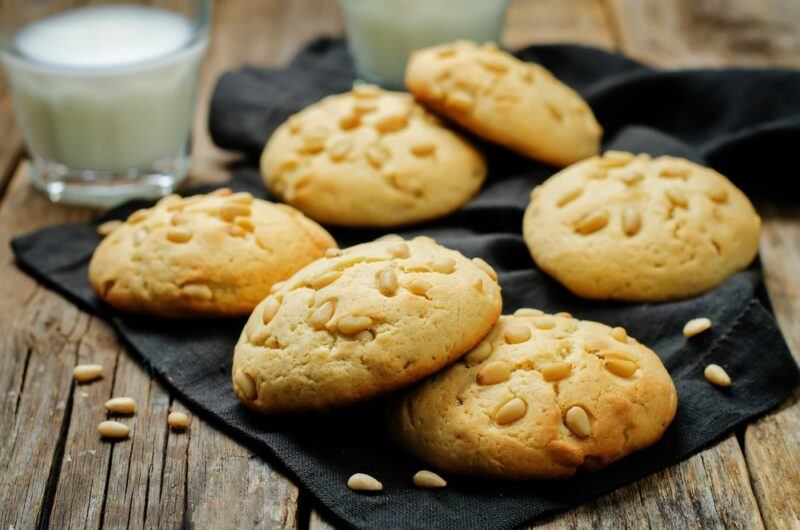
They’re Calorie Dense
Pine nuts are high in fat and calories, with an ounce giving you close to 200 calories. If your portion sizes are reasonable, then the calorie content isn’t a big deal, but the calorie density does mean that it’s easy to overdo it with pine nuts.
This problem is true for other nuts and seeds too. You could even gain weight from the seeds if you regularly overdo it with your portion size.
The best way around the issue is to portion out your pine nuts before you eat them or use them as part of a meal. This way you know exactly where you stand.
Some People Are Allergic
Pine nuts can cause significant allergic reactions, including anaphylaxis in some people. While allergies to pine nuts aren’t as common as tree nut allergies or peanut allergies, they do happen, so it’s important to pay attention to how your body responds to the nuts.
There is the potential for cross-reactivity too, where some people who are allergic to peanuts or tree nuts are also allergic to pine nuts.
They Can Give You ‘Pine Mouth’
Some people experience an odd taste disturbance after eating pine nuts. You end up with a metallic or bitter flavor in your mouth, one that can last for two weeks or perhaps even longer.
One author described it a little like the residual flavor you’d get from putting pennies in your mouth, except that the aftertaste from pennies dies away quickly, while pine mouth lingers around. Eating and drinking just makes the metallic taste even more noticeable, which is awful news.
The effect is odd too, as researchers are still trying to work out exactly what is happening and why.
There’s one piece of good news, though, pine mouth is a rare side effect. Most people won’t ever experience it. Although this theory hasn’t been confirmed, the risk could also be lower for roasted pine nuts than for raw ones.
The only way to know whether pine nuts are a good choice for you is to experiment. Try some pine nuts and see whether you get any taste issues in the next few days.
Or, if the idea worries you too much, just skip the pine nuts. Seriously. The benefits we’ve been talking about all apply to other types of nuts and seeds as well.
Are Pine Nuts Keto Friendly?
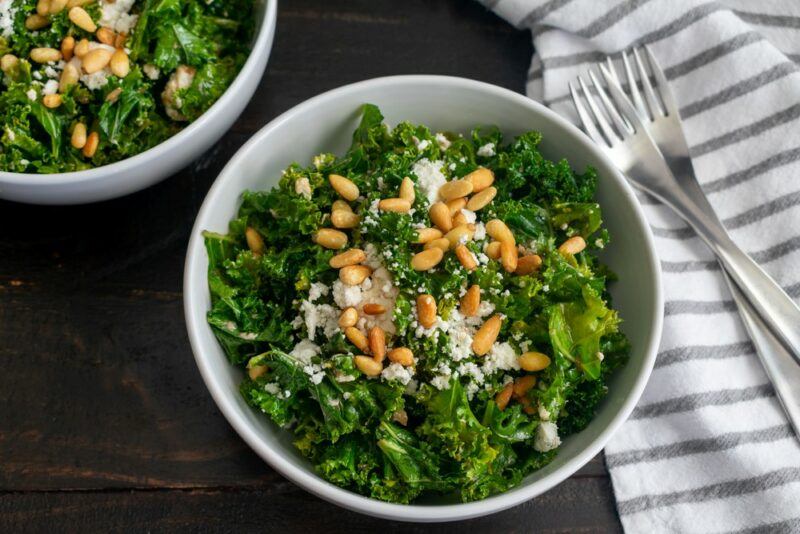
Keto dieters need to be very careful with the foods they consume, as going over their carb targets risks kicking them out of ketosis. Doing so can get somewhat tricky, as foods vary so much in their carb content.
Despite their fat content, pine nuts are relatively high in carbs, with an ounce of the seeds containing around 2.6 net grams of carbs. This is tricky, as keto dieters are generally aiming for between 20 and 30 grams of net carbs per day. Getting 2.6 grams from a tiny snack might not be worth it.
Still, some keto dieters do fit pine nuts into their diets. You might do so by keeping your portion sizes low. Perhaps you might use half an ounce scattered across the top of a protein bowl or something similar. This would allow you to still enjoy the flavor of the pine nuts without overdoing it.
How Do You Use Pine Nuts?
When pine nuts are raw, they taste a little like cashews, with a distinct nutty flavor and a slight sweetness. The flavor becomes stronger once the nuts have been roasted.
The flavor profile means that raw or roasted, pine nuts taste excellent on their own. You can simply use them as a snack, just like any other type of nut.
Because pine nuts are small and fairly soft, they can be easily sprinkled on top of meals as well, like a pasta dish, salad, or a protein bowl. You can even mix pine nuts into roasted vegetables to provide extra fat and a nice texture contrast.
Pine nuts can be blended and used to create sauces and dips too. Pesto is the most famous example here, where you’re relying on garlic, basil, pine nuts, and parmesan. There are plenty of other approaches too, like using pine nuts instead of chickpeas to make hummus.
How Many Pine Nuts Should You Eat?
Pine nuts offer benefits only if you keep your intake at reasonable levels. Overdoing it means that you’re consuming too many calories, which can easily lead to weight gain.
A common recommendation is to stick to one ounce of nuts and seeds per day. This means one ounce total, rather than an ounce for each type of nut and seed.
An ounce is a decent serving for pine nuts anyway, often giving you more than 160 individual seeds. This is more than enough to be a decent snack or garnish for your meal.
Pine Nuts Versus Other Seeds
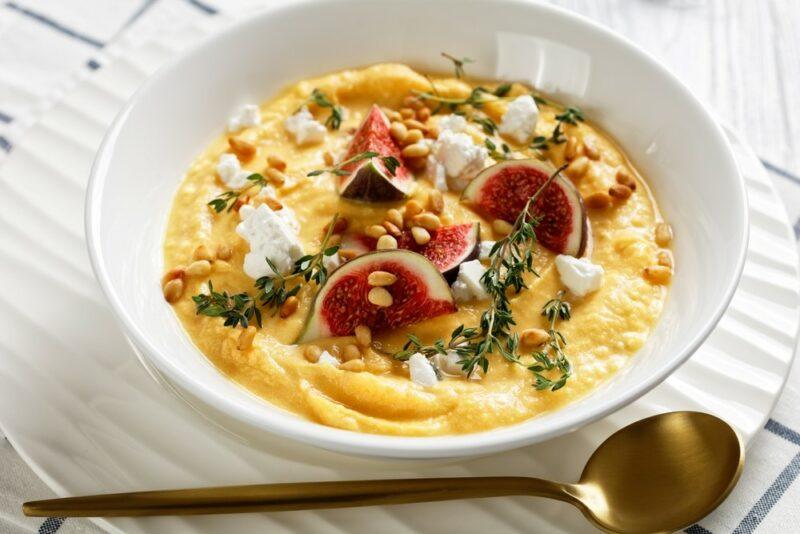
Nuts and seeds can get a little overwhelming. There are so many types, each with their own features.
Thankfully, you don’t need to find the single healthiest option. Having variety is helpful anyway, as this gives you access to the widest range of plant-based compounds.
Still, let’s look at some of the nutritional differences to see how the nuts and seeds compare. To do so, we’ll focus on a serving of an ounce.
- Pine nuts. Here, you’re getting 188 calories, 3.7 grams of carbs, 1 gram of fiber, 3.8 grams of protein, and 19.1 grams of fat. The most notable nutrients are manganese and magnesium.
- Chia seeds. These seeds are lower in calories, giving you just 138 calories per serving. The fiber content is much higher, at around 11 grams, although the protein content is much the same as for pine nuts. Chia seeds are also rich in plant-based omega 3, while pine nuts are higher in omega 6 instead.
- Pumpkin seeds. This time, a serving gives you around 126 calories. You get around 5 grams of fiber and 5 grams or so of protein too, making these seeds nicely balanced.
- Sunflower seeds. These seeds give you a little over 200 calories, along with 5.8 grams of protein and 3.9 grams of fiber. The fiber and protein content makes these seeds more filling than pine nuts. However, the carb content is high, so these are a poor choice for keto dieters.
- Hemp seeds. These are less common than the other types. They’re famous for their protein content, as an ounce contains roughly 9.5 grams of protein. Hemp seeds are also one of the few complete sources of plant-based protein.
There are nuts too. Nuts are more heavily researched than seeds, so we know more about their potential benefits. However, nuts and seeds are closely related and very similar, so many of the benefits are the same.
Nuts tend to be higher in healthy fats than seeds and are an excellent source of protein. Seeds are often lower in protein, but often contain more fiber.
How do pine nuts compare to the rest? Well, honestly, they’re not outstanding. There are better nuts and seeds for protein. Many give you more fiber as well.
Once again, though, you don’t need to maximize nutrition in every ingredient you eat. Instead, the goal is to have a varied diet, one that includes plenty of healthy foods, like pine nuts.
Final Thoughts
Pine nuts aren’t as powerful as chia seeds or almonds, but they’re still an excellent source of healthy fats, protein, and nutrients. They’re also minimally processed, making them a great addition to a healthy diet.
They have one other feature too, they’re easy to use. You can eat them as-is, sprinkle them on top of a meal, mix them into your past, or make pesto with them. Or, why not experiment? Try pine nuts with different dishes and see where they shine.
Frequently Asked Questions
Where Do Pine Nuts Come From?
Pine nuts do actually come from pine cones. The pine species used varies depending on location. For example, Russia sources pine nuts from Pinus sibirica, while the United States tends to rely on Pinus edulis instead.
There are roughly 20 pine tree species that produce seeds that are edible and large enough to harvest. You can harvest these yourself, although the process is labor intensive.
Why Are Pine Nuts So Expensive?
Pine nuts suffer from the classic problem of supply and demand. Nuts and seeds are now increasingly seen as healthy and even as superfoods, which has led to higher demand.
However, the processes of harvesting pine cones and extracting the nuts are time-consuming and expensive. So, pine nut supply is limited, which drives up the price.
Where Are Pine Nuts In The Grocery Store?
You’ll most often find pine nuts in the baking aisle, along with other unseasoned and unroasted nuts. Some stores keep them with the snacking nuts instead. You might need to check both places to find them.
What Do Pine Nuts Taste Like?
Pine nuts have a mild and slightly buttery flavor with a touch of sweetness. The flavor profile is similar to cashews, so you can even replace one for the other in your recipes.
Do Pine Nuts Go Bad?
All nuts and seeds go bad, as their fats start to oxidize. There’s surprisingly little information on exactly how long this process takes for pine nuts. But, you’re probably looking at somewhere between three and six months if you keep the nuts at room temperature instead.
Refrigerating the nuts will slow down deterioration and may even double the shelf life. Toasting pine nuts or using them in recipes will normally decrease the shelf life. You’ll need to keep an eye out for changes in appearance and smell to detect when your pine nuts are no longer good.
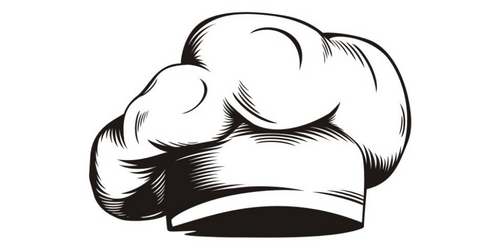
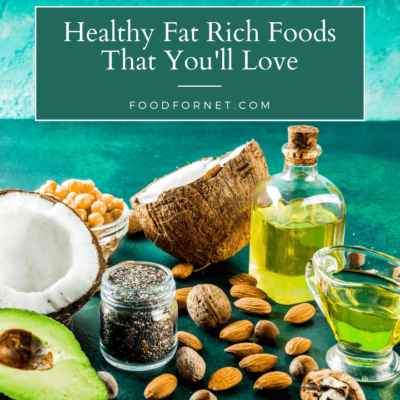
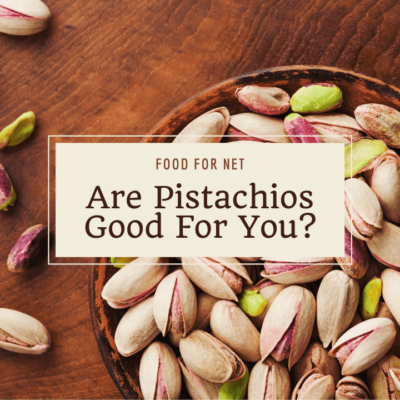
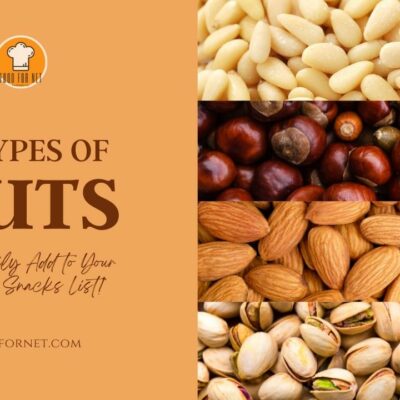
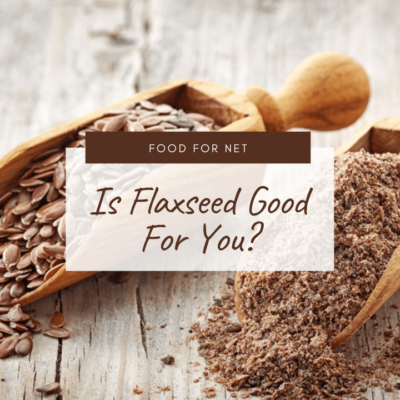
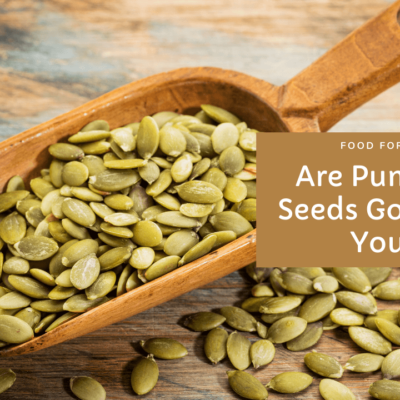
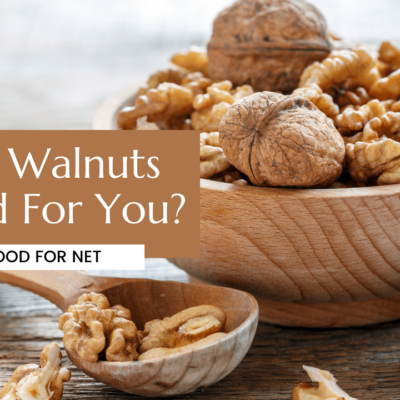
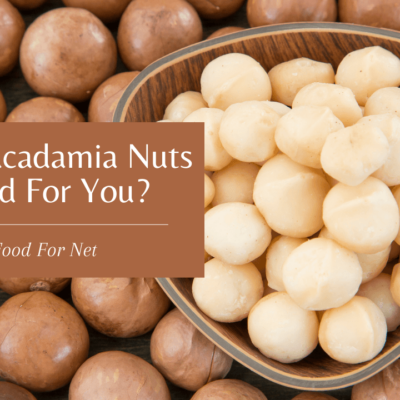
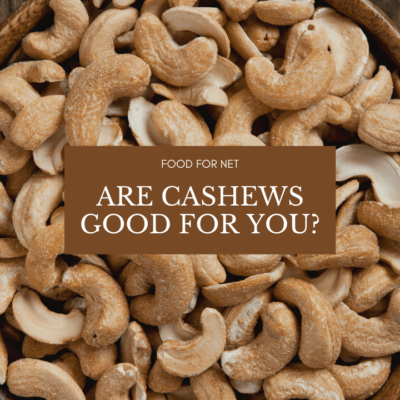
 18 Spices for Shepherd’s Pie and Sample Recipes to Get You on Board the Meat Pie Train!
18 Spices for Shepherd’s Pie and Sample Recipes to Get You on Board the Meat Pie Train!
Leave a Reply